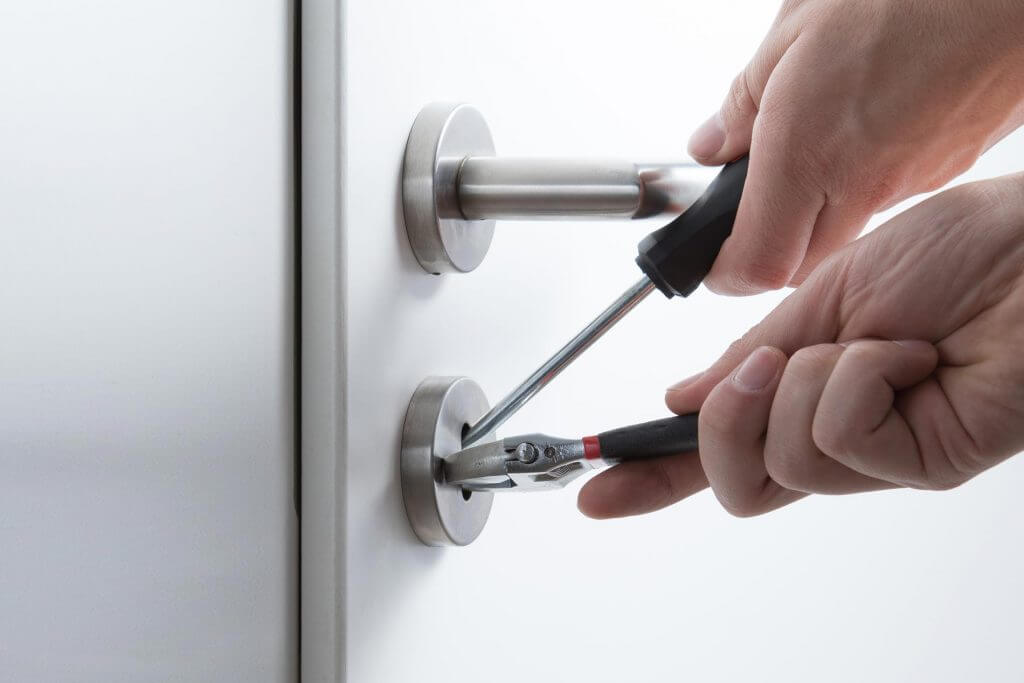In today’s society, to feel safe, installing surveillance cameras inside and outside the home has become an obsession for some. On vacation, weekend’s trip, or in the office, the dread of an intrusion into your home, is never far away. On the other hand, sensitive premises such as the residences of famous persons or even warehouses have more threats. Equipping with the external environment with this type of device can enhance the security of these places. But before getting started, you need to know the advantages of this type of surveillance camera. Moreover, you should know the types of cameras that are available on the market before getting started with its installation.
There are myriads video surveillance cameras, called CCTV cameras, connected to the Internet that can beef up your security. They are now very affordable. You can install it in a few dozen minutes, without the need for a professional. Today, we’ll discuss how you can install CCTV cameras without DVR/NVR.
DVR is designed to record the footage of security cameras. However, without DVR, CCTV cameras can still work efficiently and independently. Due to the improvement in technology, it’s become easier to install CCTV cameras without DVR.
Properly install your Surveillance Camera
The installation includes two critical steps:
- The choice of location and installation,
- The software configuration and the connection with the rest of the alarm system.
Camera orientation, lighting, or quality of Wi-Fi coverage, details matter, and guarantee the quality of surveillance.
First, think about the room you want to watch. The surveillance cameras are usually installed in the main living room. Further, they are also present near access, such as the front door, a window, or a garage entrance.
Choosing the right location for a CCTV camera
The correct site is where you get a clear view of the area you want to be able to control visually. For example, we will install our surveillance camera on the wall facing the front door, or on the least exposed wall of our living room. Of course, the device needs to be higher to provide a bird’s-eye view of the workpiece without obstacles.
The choice of location also depends on the goal you are trying to achieve. For a surveillance camera, we generally prefer a rather discreet place. So that the possible criminal or crime is not able to hide from the eye of the security system. However, you can take the opposite approach and choose to install your CCTV camera in a conspicuous place so that it plays a deterrent role.
Whatever the purpose, install the surveillance camera still assumes some diligence to ensure its effectiveness. If it is a wireless model, you should check the quality of the Wi-Fi coverage at the selected location. Then make sure there is an electrical outlet nearby.
How to install CCTV cameras without a DVR?
You can set up a CCTV camera in your home in two ways.
1. Entering the UID
2. Port forwarding
Steps to install a CCTV camera without DVR through entering the UID
You can set up your IP CCTV cameras without DVR/NVR easily for live viewing. Especially if it supports P2P technology.
Step 1: Download the security camera software that the seller will provide you.
Step 2: To add the camera device, enter the UID and password of a security camera.
Step 3: Now, by clicking the camera on the App/Client, you can view the footage of your targeted location live.
Steps to install a CCTV camera without DVR via Port forwarding
In case, if your security camera doesn’t support P2P technology, you must hook up your camera via port forwarding. It also reliable if you want to get access to your camera from a web browser.
Step 1: Although every router page is different, go to a typical menu for the setting. The setting section that comprises port forwarding is “Port Forwarding”, “Applications”, “Virtual Servers”, “Firewall”, and “Protected Setup”. Most of the router has a drop-down menu that will give you an option for applications. Select the service name or application if you want to open a port for one of these applications. After that, save the changes.
If the program that you need to install is not listed, then you must make custom port forwarding entry.
Step 2: Now, you’ve to enter the private IP address of your security camera. You can find it from “Device Settings”. Click the save or apply button and check the HTTP Port of your camera IP address.
Step 3: Log in to the web interface of your router or configure through mobile application.
Step 4: Restart the router for the changes to take effect.
To know more, Click here!






